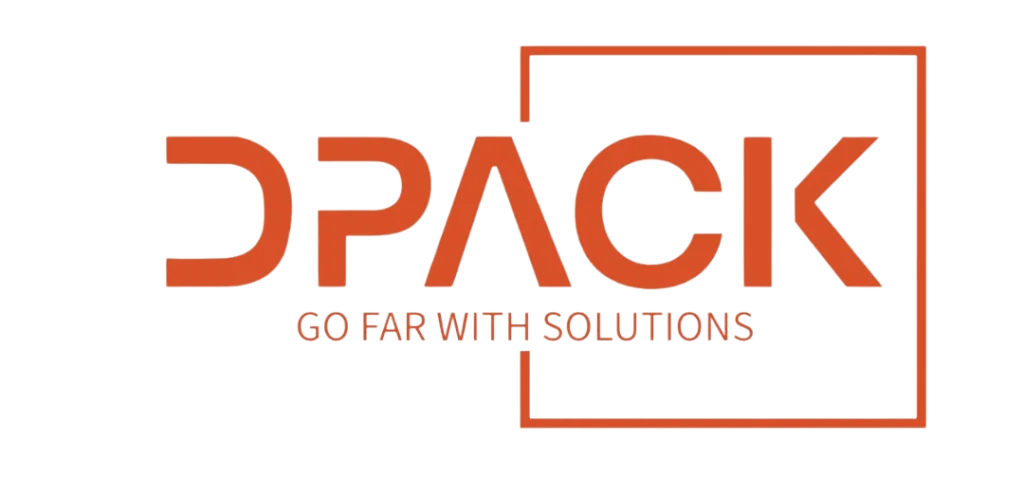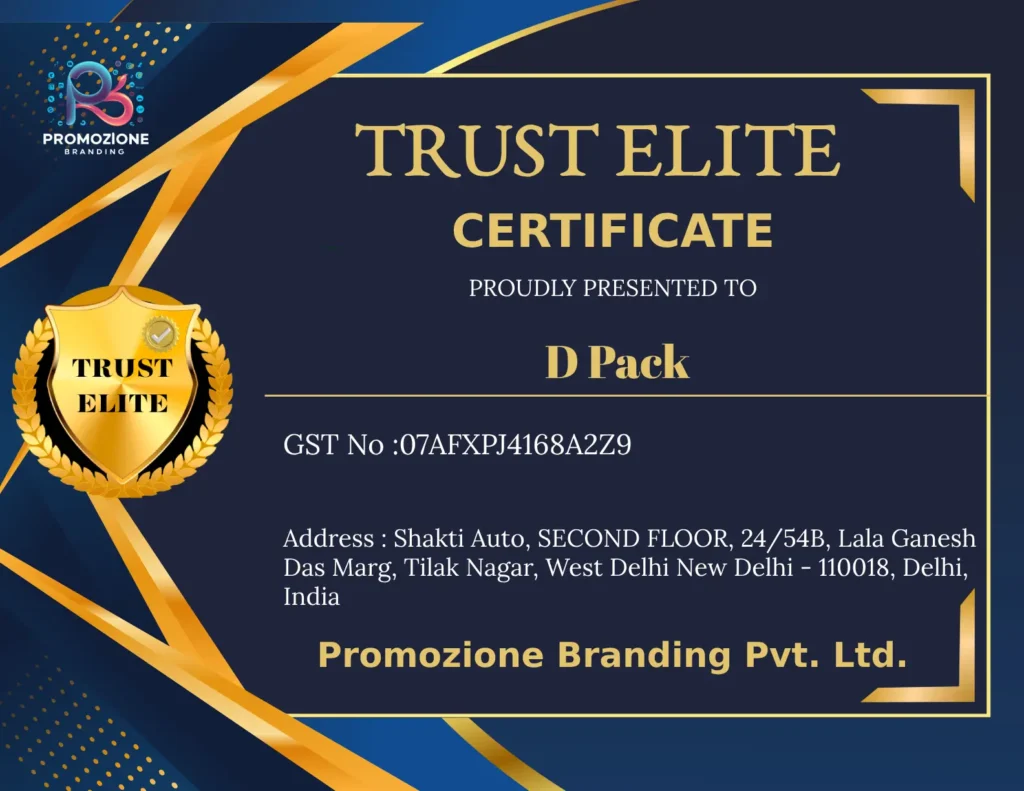
Polypropylene Belt: 5 Powerful Industrial Packaging Solutions for Coastal Transport
High humidity, frequent exposure to saltwater, and the requirement for dependable, affordable, and protective solutions make shipping and packaging issues particularly difficult in coastal areas like Kerala, Tamil Nadu, Andhra Pradesh, Odisha, and West Bengal. For such circumstances, polypropylene belts have shown themselves to be very useful. Here, we examine five potent industrial packaging options designed especially for coastal shipping, outlining both their benefits and drawbacks.
1. High Durability and Moisture Resistance
For coastal towns, polypropylene belts are the best option because they perform well in damp and humid environments. These belts retain their integrity and deliver reliable performance, in contrast to conventional materials that deteriorate with time when exposed to dampness. Companies who deal with industrial transport packaging may be sure that their products will stay safely bound, reducing losses and preserving supply chain effectiveness.
It is important to keep in mind, nevertheless, that in severe situations, extended exposure to the severe coastal elements may cause wear over time. This problem can be resolved by employing extra protective coatings and making sure that routine inspections are performed.
2. Cost-Effective Industrial Packaging Solutions
When compared to other packaging materials, polypropylene belts are a more affordable option. Their strong tensile strength guarantees product safety throughout transit, and their lightweight construction lowers shipping expenses. These belts provide a cost-effective solution for businesses in coastal areas where cost control is essential.
The initial outlay required to transition from alternative packaging options to polypropylene belts is one drawback that can worry some companies. Even while the changeover may appear difficult, the long-term financial benefits frequently exceed the initial costs.
3. Protective Packaging for Transport Across Diverse Terrains
Navigating rough and unstable terrain is a common task for coastal transport. Because they firmly secure cargo, polypropylene belts stand out as protective packaging for transportation, lowering movement and damage risk. Their adaptability makes adjustments simple, which is especially useful for shipping items of different sizes and shapes.
One little drawback is the potential for slight straining when very strong loads are applied. This can be controlled, though, by combining belts for extra support or utilizing stronger versions.
4. Environmentally Friendly Plastic Straps for Packaging
Industries are moving more and more in the direction of sustainable solutions. This tendency is supported by polypropylene belts because they are recyclable. By integrating these belts into their packing procedures, companies in coastal cities can promote themselves as environmentally conscious. Increased client loyalty and adherence to local environmental objectives may result from this.
To avoid negative effects on the environment, it is necessary to make sure that it is disposed of and recycled properly, much like the majority of recyclable plastics. Teaching staff and customers proper recycling techniques might help alleviate this worry.
5. Enhanced Supply Chain Efficiency with Versatile Packaging Solutions
Unmatched adaptability makes polypropylene belts ideal for supply chain management, industrial transportation, and protective packaging. Because of their versatility, they are essential for organizations, whether they are fastening lightweight items or stabilizing heavy shipments. Additionally, they cut down on packaging time, which boosts output and guarantees on-time delivery of goods—a crucial component for businesses that operate in coastal markets.
Conversely, there can be times when specific equipment is required to seal and tension the belts. Although this might seem difficult at first, purchasing this equipment frequently results in increased productivity and better packing.
Conclusion
Polypropylene Belts provide a versatile, cost-effective, and eco-friendly solution for industrial packaging in India’s coastal regions. They address unique challenges posed by humidity, terrain, and cost pressures while promoting supply chain efficiency. With thoughtful integration and maintenance, these belts can transform coastal transport operations for businesses, offering protective packaging that stands the test of time and the elements. Embracing this modern solution can empower companies to lead in industrial transport packaging, demonstrating resilience, innovation, and sustainability.
FAQs
1. What is a polypropylene belt, and how is it used in coastal transport?
A polypropylene belt is a strong, lightweight strapping material commonly used to secure goods for transportation. In coastal transport, it ensures cargo remains stable and undamaged during transit by resisting environmental factors like moisture and salt exposure.
2. Why is polypropylene a preferred material for industrial packaging?
Polypropylene belts are preferred due to their durability, flexibility, and resistance to water, chemicals, and UV rays. These properties make them ideal for coastal and industrial applications where reliability is critical.
3. Can polypropylene belts handle heavy loads?
Yes, polypropylene belts are designed to manage heavy-duty applications. They come in various tensile strengths, suitable for securing goods of different weights and sizes, ensuring safety during transport.
4. How do polypropylene belts enhance coastal transport efficiency?
By providing a secure and stable packaging solution, polypropylene belts reduce cargo shifting, product damage, and handling time. Their lightweight nature also contributes to minimizing overall shipping weight and costs.
5. Are polypropylene belts environmentally friendly?
Many polypropylene belts are recyclable, making them an eco-friendly option for businesses aiming to reduce waste. However, it’s essential to check specific product details for sustainability features.


